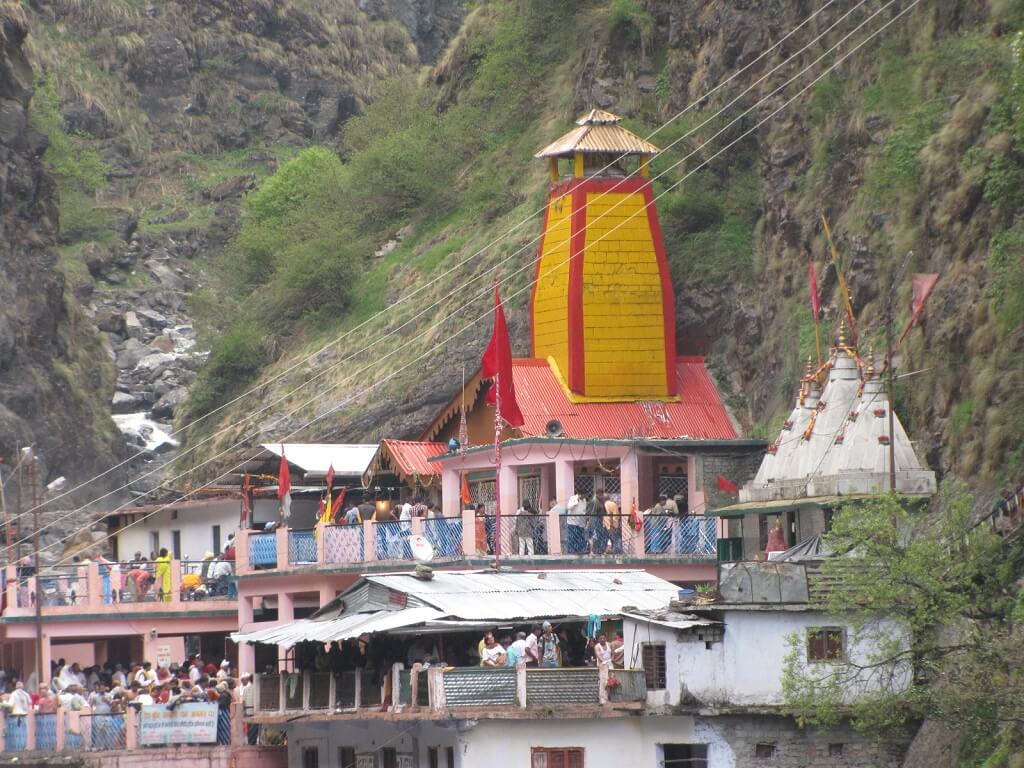Yamunotri Dham, located in the Himalayan Mountains, is one of the key spiritual destinations in Uttarakhand. Situated at an elevation of 3,235 meters above sea level in the Garhwal region, the Yamunotri Temple marks the first stop of the sacred Char Dham Yatra. The temple was originally constructed by Maharaja Pratap Shah of Tehri Garhwal in 1919 to honor the goddess Yamuna. After being destroyed in the past, it was rebuilt in the 19th century by Maharani Gularia of Jaipur. The true source of the Yamuna River is the Champasar Glacier, located at a height of 4,421 meters on the Kalind Mountains. Within the temple, an idol of Yamuna made from black marble is enshrined.
A unique custom at Yamunotri Dham is the practice of body donation, where devotees donate symbolic representations of their ancestors’ bodies in the temple premises as a mark of reverence.
Mythological Of Yamunotri Dham
The Yamuna River is believed to be the daughter of the Sun God and the sister of Yama, the god of death. It is said that bathing in the Yamuna on the day of Bhaiya Dooj helps a person attain liberation from the cycle of life and death. The temple at Yamunotri is also revered for its connection to Yama.
Yamunotri Dham holds a prominent place in ancient scriptures, including texts like the Kurma Purana, Kedarkhand, Rigveda, and Brahmanda Purana, where it is referred to as “Yamuna Prabhava,” a sacred pilgrimage site. According to the Mahabharata, the Ashram of Saint Asit was located here. It is believed that the Pandavas, during their journey to Uttarakhand for their pilgrimage, visited Yamunotri first, followed by Gangotri, and then proceeded towards Kedarnath and Badrinath. This marks the origin of the Char Dham Yatra in Uttarakhand.
Every year, from May to October, thousands of pilgrims visit Yamunotri to pay homage to Yamuna Devi, making it one of the most visited spiritual destinations in the region.

